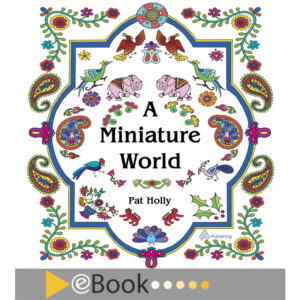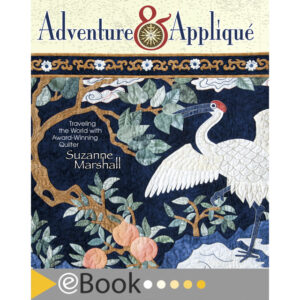 eBook A Miniature World
1 × $18.95
eBook A Miniature World
1 × $18.95  eBook Adventure & Applique
1 × $19.95
eBook Adventure & Applique
1 × $19.95 Subtotal: $38.90
This is a demo store for testing purposes — no orders shall be fulfilled. Dismiss
There was a problem reporting this post.
Please confirm you want to block this member.
You will no longer be able to:
Please note: This action will also remove this member from your connections and send a report to the site admin. Please allow a few minutes for this process to complete.